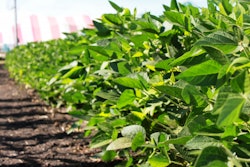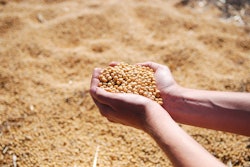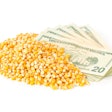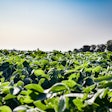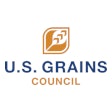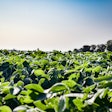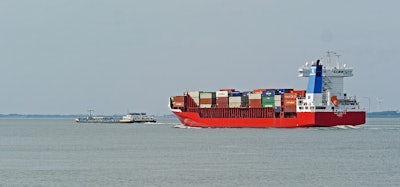
Despite the strongest global economic growth since 2011, uncertainty around trade presents escalating concern to U.S. agriculture. Seventy percent of U.S. agriculture exports are to destinations that are in current negotiation or trade disputes, according to the most recent Rural Economic Review from CoBank’s Knowledge Exchange Division.
The shift from trade war rhetoric to reality tempers the optimism felt in the first quarter. Aside from potentially losing market share in emerging markets, the U.S. may face shake-ups in historical supply chain commitments, as competitors seek new trade relationships amid current trade disputes.
“Trade concerns pose the single greatest risk to the projected global economic growth of three to four percent,” said Tanner Ehmke, manager of CoBank’s Knowledge Exchange Division. “The U.S. and China have been driving the growth, benefitting emerging markets around the globe. A trade war between the two is dangerous for economies around the world.”
Key Findings
New tariffs from China and Mexico targeting agricultural products dampen the ag economy’s outlook. In mid-June, China announced 25 percent tariffs on $50 billion of U.S. goods, including soybeans. Those tariffs are slated to take effect July 6 and may severely impact prices. Other specialty crops like tree nuts and grapes may also face lost market share in valuable growth markets from escalating trade disputes.
Animal-based protein production is rising to record levels, requiring robust exports to prevent domestic markets from being overwhelmed. “This makes trade talks impacting export demand a central focus for the industry,” added Ehmke. “Pork producers may be the most worried, as exports account for 25 percent of U.S. pork production.”
The dairy industry is beginning to see a few rays of hope as prices slowly climb and exports hit an all-time high of 18.8 percent of U.S. production in April. However, in retaliation for newly imposed U.S. steel tariffs, tariffs from Mexico on virtually all types of U.S. cheese are scheduled to ramp up to 20 to 25 percent on July 5.
Last year, Mexico imported 212 million pounds of cheese from the U.S., about 30 percent of U.S. exports. Further, the new trade deal between the EU and Mexico will change Mexican regulations on products labeled with protected names like asiago, parmesan and feta in order to comply with EU rules.
Drought conditions have expanded across the Southwest and more than half of California is now in moderate to severe drought. In addition, nationally, cost per unit of water has tripled since 1990, outpacing other consumer goods. A $106 billion authorization for rural drinking water and sewer infrastructure programs was approved by Congress this spring to address water affordability issues in low-income households.
“Overall current market conditions including rising interest rates, high fuel costs, relatively high land rental rates and little price relief from other inputs point to a decline in net farm cash income in 2018, continuing the trend from the past few years” said Ehmke. “This indicates the potential for increased debt load as the Federal Reserve considers three more interest rate hikes.”
The full quarterly U.S. rural economic review, “Trade War Rhetoric Shifts to Reality” is available at CoBank.com. Each CoBank quarterly economic review provides updates and an outlook for the following topics/industries: Global and U.S. Economic Environment; U.S. Agricultural Markets; Grains, Biofuels and Farm Supply; Animal Protein; Dairy; Other Crops; Specialty Crops; Rural Infrastructure Industries.

